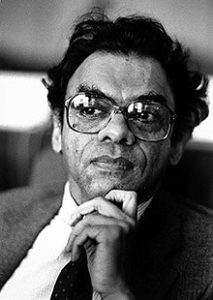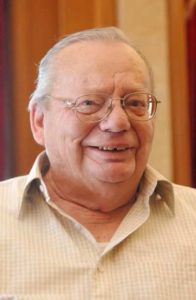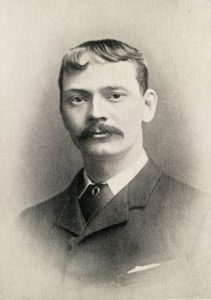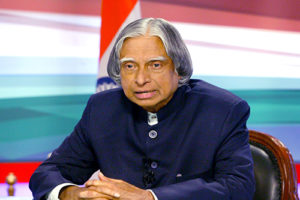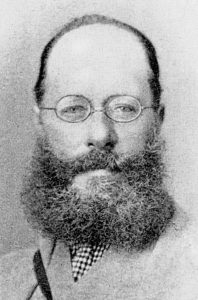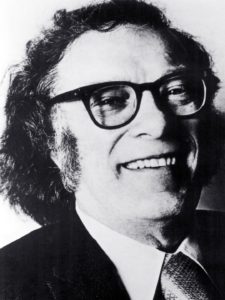We have decided to create the most comprehensive English Summary that will help students with learning and understanding.
Wind Summary in English by Subramania Bharati
Wind by Subramania Bharati About the Poet
Chinnaswami Subramania Bharati, also known as Bharathiyar (1882-1921) was a Tamil writer, poet and journalist, and Indian independence activist and social reformer. Popularly known as “Mahakavi Bharati”, he is considered one of the greatest Tamil literary figures of all time. His numerous works were fiery songs kindling patriotism and nationalism during the Indian Independence movement. Bharati’s works were on varied themes covering religious, political and social aspects. Songs penned by Bharati are very often used in Tamil films and music concerts throughout India and overseas, wherever Tamil Indians live. Considered as one of the pioneers of modem Tamil literature, Bharati used simple words and rhythms. His imagery and the vigour of his verse were a forerunner to modem Tamil poetry in different aspects.
A K Ramanujan (1929-1993) wrote in both English and Kannada. Though he wrote widely and in a number of genres, Ramanujan’s poems are remembered as enigmatic works of startling originality, sophistication and moving artistry. He was awarded the Sahitya Akademi Award posthumously in 1999 for his collection of poems, The Collected Poems.
| Poet Name | Subramania Bharati |
| Born | 11 December 1882, Ettaiyapuram |
| Died | 12 September 1921, Chennai |
| Spouse | Chellamal (m. 1897–1921) |
| Movies | Bharathi |
| Parents | Chinnaswami Subramanya Iyer, Elakkumi Ammaal |
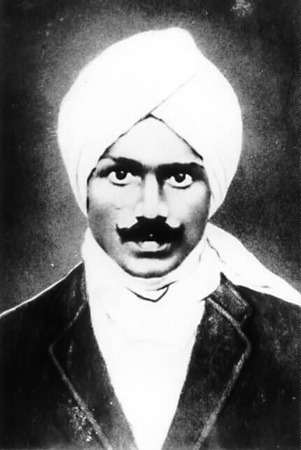
Wind Introduction to the Chapter
Nature in all its manifestations was a source of inspiration for Subramania Bharati. He saw wind and rain as forces of Nature that were designed to destroy the old and evil things in man’s mind and create joy and liberty within him.
In the poem Wind Subramania Bharati has very beautifully expressed his ideas about both the damaging and nurturing aspects of wind. Wind often mocks the weak but glorifies the strong. In the poem wind is symbolic of the difficulties and hardships that we face in life. If we display strength and endurance we can overcome these difficulties, but if we are weak and frail, we may succumb to them.
Wind Summary in English
This poem talks about the power of wind.
In a direct address to the wind, the poet pleads with it not to break down the shutters of the windows, as they are the only protection man has against the storm raging outside. In a manner, the poet is here asking the wind for protection. He also asks the wind not to scatter the papers in his room, or to throw down the books from his bookshelves.
As he continues to address the wind, the poet’s tone now changes to an accusatory one. He remonstrates with the wind as he shows it the mess it has created in his room. With its force, the wind has thrown all the books down from the bookshelves, and tom pages out of those books as well. However, the poet does hot restrict his complaint to the mess created by the wind inside his house. Casting his gaze outside, he also accuses the wind of having brought a spell of rain with itself.
Now the poet’s tone changes to sombre as he accuses the wind of destroying whoever is too meek and mild to withstand its force. The wind, which has the power to tear down doors, rafters, or even entire wooden houses, leaves people without a roof over their heads, or walls to keep them sheltered from the harsh world outside. The wind also tears down weak bodies, and fragile hearts. That is, difficulties in life can lead to a loss of hope, as well as a loss of life.
The poet warns his readers that we cannot escape the ill effects of the wind by appealing to it, as it does not listen to anybody. Therefore, we should build our homes on a strong foundation, and ensure that our doors cannot be easily broken. He suggests that we make ourselves strong, both physically and mentally. We must train our bodies and our hearts to combat the ill effects of the wind. If we are able to do this, the wind will no longer be an enemy.
Instead it will be our friend. The poet says that just as the wind blows out a fire if it is weak, but makes it fiercer if it is burning strongly, the wind nurtures that which is already strong. This leads the poet to conclude that if we are strong, then the wind will increase our strength, but if we are weak it crushes us. The poet asks the wind to blow gently, and, tells us to sing our devotion to the wind god every day.
Wind Title
The poem has an apt title. Wind is a powerful force that breaks the shutters and scatters the books. It pokes fun at weaklings — crumbling wood, doors, rafters, bodies, lives, crumbling hearts. However, Wind makes the strong even stronger. It blows out weak fires and makes strong ones bum even more fiercely. Wind inspires us to face the challenges thrown at us with grit and firm determination. We should be strong enough to face all the hardships of life with courage.
Wind Setting
The setting of the poem is the poet’s room during a storm. The strong wind is rattling the windws and blowing his papers about, scattering them in the room. It throws the books down from the shelves and creates a mess.
Wind Theme
In Wind, Subramania Bharti highlights the destructive as well as the constructive aspects of the wind. Wind breaks down weak doors and structures and puts out a weak fire, but it makes a strong fire bum more fiercely. Wind, in the poem, symbolises the challenges and obstacles that one may encounter in one’s life. If we are weak, these problems and hardships may overwhelm us and make us fearful, but if we face them with courage and determination, we are able to overcome our misfortunes. Thus, the poet stresses upon the need to develop a strong character.
Wind Message
In “Wind” Subramania Bharati inspires us to face the wind, which symbolises the hardships, courageously. He tells us that the wind can only extinguish the weak fires; it intensifies the stronger ones. Similarly, adversities deter the weak-hearted but make stronger those who have unfaltering will. In such a case, befriending the wind or the hardships of life makes it easier for us to face them.
Wind Tone
The poet talks about the power of wind. In the beginning, he directly addresses the windin a pleading tone and entreats it to not cause destruction. As he continues to address the wind, the poet’s tone now changes to an accusatory one. He remonstrates with the wind as he shows it the mess it has created in his room. He also accuses the wind of having brought a spell of rain with itself. After looking at the destruction wind causes in his room, Bharati’s tone changes to sombre as he accuses the wind of destroying whoever is too meek and mild to withstand its force. The poet adopts a cautionary tone as he counsels his readers to make themselves strong, both physically and mentally and face challenges with equanimity.
Wind Summary Questions and Answers
Question 1.
Why does the poet ask wind to blow softly?
Answer:
The poet asks wind to blow softly because he knows that a strong wind will causes a lot of damage to structures that are not very strong. It will break the shutters of windows, throw the books from the shelves, and tear their pages and bring rain.
Question 2.
What damage does wind cause in the poet’s room?
Answer:
Wind breaks the shutters of the windows, it scatters the poet’s papers. It even throws down his books and tears the pages. Then it brings rain and disturbs everything.
Question 3.
What is winnowing? What, according to the poet, does the wind god winnow?
Answer:
Winnowing refers to blowing away or removing the chaff from grain before it can be used as food. It thus implies segregating people or things by judging their quality. The poet says that the wind god separates the weak from the strong like the chaff from grain.
Question 4.
How does wind make fun of weaklings?
Answer:
Wind makes fun of the weaklings by separating them from the strong and then crushing them by its force. Wind who is very strong does not behave in a friendly way with the weak. It destroys the weak things.
Question 5.
What harm does wind do when it blows hard?
Answer:
When a strong wind blows, it destroys everything. It breaks the shutters of the windows, scatters the papers, throws the books off the shelves, and tears the pages of the books.
Question 6.
What kinds of houses should we build to withstand the power of wind?
Answer:
We should make strong houses with doors that have firm joints as wind will not be able to crumble those.
Question 7.
What does ‘crumbling’ suggests in the poem ‘Wind’?
Answer:
The word ‘crumbling’ in the poem ‘Wind’ suggests fragile or frail. He feels that wind separates the frail or derelict houses, doors, rafters, wood, and weak bodies, lives, and hearts from those that are strong and crushes them all.
Question 8.
Explain what the poet means by ‘Make the heart steadfast’.
Answer:
The poet advises that while facing difficulties and challenges in life, one should have strong determination and courage. Wind causes weak structures to crumble and puts out a weak fire, but has no effect on a strong structure, in fact, it causes a strong fire to bum more intensely. Similarly, a resolute heart can face all adversities.
Question 9.
What should we do to make friends with the winds?
Answer:
The wind makes fun of weak things. Thus, wind teaches us to be strong and determined, as a tme friend should. We should make ourselves physically and mentally strong to overcome the troubles and turmoil we may face in life.
Question 10.
‘He won’t do what you tell him’. Who is ‘he’? Why does he not obey others?
Answer:
In this line, ‘he’ stands for the wind god. The wind god does not obey man because it is so powerful that it cannot be controlled.
